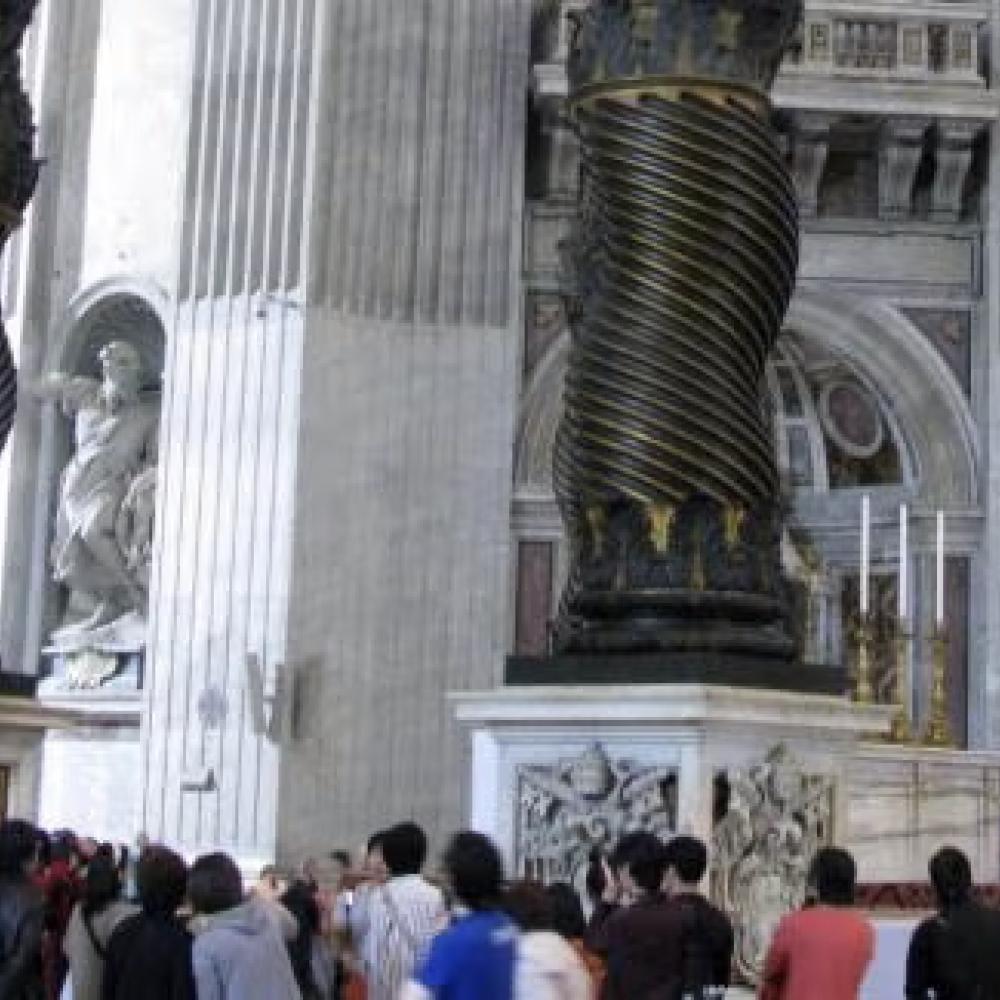Major and minor
The language of visual culture speaks across boundaries of history and geography, resonating powerfully in every society. Beyond understanding the various art movements and styles over the centuries and across the globe, art history majors are endowed with knowledge of various cultures and personal and truths, expressed through the mediums of painting, sculpture, architecture, and photography. By understanding the function of art as a societal expression, art history majors are able to pursue further interests within similar fields such as anthropology and general history or use their analytical skills and cultural knowledge to thrive in any field.
Real World Outcomes
A major in art history develops critical thinking and the integration of research and knowledge. It provides an excellent grounding for professions as diverse as law, medicine and business. The major prepares students for advanced study in art history, architecture and cultural studies. It also serves as the foundation for careers in teaching, arts administration, museums, galleries, historic preservation, art libraries, publishing, journalism, advertising, art conservation and art investment. As the world becomes increasingly flooded with images, critical visual "reading" skills become more and more important for a wide range of careers.
Requirements
As a student majoring in art history, you will begin with courses that survey the arts of Asia, Europe, and America. More specialized lecture courses and pro-seminars follow in global art and visual culture from ancient times to the present day. You are also encouraged to complement the major with advanced work in related disciplines such as classics, religion, history, philosophy, literature, sociology, anthropology, cultural studies and foreign languages.

